Rosshill
Houses within 15km of this house
Displaying 38 houses.
Houses within 15km of Rosshill
Displaying 38 houses.
| House name | Description | |
|---|---|---|
| Creagh | The original house was situated beside the River Robe and was described in September 1836 by Robert Graham as a "nicely laid out cottage residence". Earlier, in 1786, Wilson refers to it as the seat of Mr. Cuff. Mary Louisa Cuffe was leasing the property from Colonel Charles Knox at the time of Griffiths Valuation, when it was valued at £32. A new house was built by Colonel Charles Knox in 1875, which became a tuberculosis sanatorium and a centre for the Agricultural Institute in the 20th century. James Cuff (recorded as Duff), of Creagh, near Ballinrobe, is mentioned as the proprietor of townlands in the parish of Ballynacourty, barony of Dunkellin, county Galway, at the time of the first Ordnance Survey in the 1830s. |

|
| Garracloon | Wilson refers to Garracloon as the seat of Mr. Blake in 1786. In 1814 the house was occupied by the Reverend Cecil Crampton, rector of the parish of Cong. At the time of the first Ordnance Survey in 1838 Garracloon house was recorded as a ruin. At the time of Griffith's Valuation, it was held in fee by Joseph Blake and valued at £8. The house was later rebuilt, Ruane refers to the ruined Victorian Garracloon House. Sir William Wilde refers to Colonel Veitch at Garracloon. No longer extant but yard buildings remain. |

|
| Dowagh | Another home of the Blakes of Garracloon. It was lived in by Mark Blake a younger brother of Manus Blake of Garracloon, until his death in 1817. At the time of the Ordnance Survey 1838 it was described as a 'beautiful little place' the residence of Mr Blake. Held by Isaac Mayne, from Henrietta Blake at the time of Griffith's Valuation. The building still retains its thatched roof and is occupied. |

|
| Strandhill | A 2 storey thatched house on the shore of Lough Corrib and situated opposite Ashford Castle, home of the Elwood family. In the late 18th century it was let to the Ireland family and in the mid 19th century to the Lynchs of Ballycurrin. The house was used as the home of the Widow Tolan in the film 'The Quiet Man' made in 1951 and was knocked down in the 1970s. It is associated with the recorder of Japanese folklore, Lafcadio Hearn, who spent a childhood holiday at Strandhill with his aunt Mrs Elwood. |

|
| Kinlough | A house on the shore of Lough Corrib, facing Ashford Castle and lived in by Patrick Moran in the 1860s and 1870s, now a ruin. |

|
| Ballymacgibbon House | The home of the Fynn family in the 18th and 19th centuries. It was held in fee by Jane Finn at the time of Griffith's Valuation, when it was valued at £20. It is now an ivy covered ruin. |

|
| Abbey House | George McNamara inhabited a house in the grounds of Cong Abbey in the 18th century but Sir William Wilde refers to only a fragment of this house remaining in 1867. Alexander Lambert also lived in a house in the Abbey grounds. Wilde describes this house as follows "More to the west there recently existed the residence of the late proprietor, A.C. Lambert Esq., constructed of the unhewn, weather-worn, but square stones, collected in the locality. Being no longer required, and not being quite congruous with the scene, it has been removed". The remains of this building are now used by the Board of Works. |
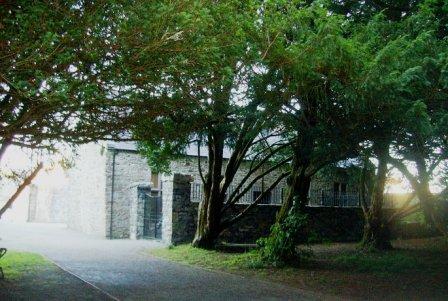
|
| Castletown | A branch of the Ellison family was living at Castletown in the 1770s and Wilson notes it as the seat of Mr. Ellison in 1786. The sale rental for the D'Arcy estate in the Encumbered Estates' Court in November 1852 refers to a small house on the property, which could be adapted as a fishing or shooting lodge. Lewis Strachan occupied the house at the time of Griffith's Valuation. A few walls of the house still remain. |

|
| Lackafinna | A house built in the 1840s close to the shore of Lough Corrib and occupied by Ormsby Elwood, brother in law of Dr Watkins Roberts. The house was renovated in 2004 and is now a family home. | |
| Robe Villa | A town house on the River Robe, home of the Kenny family for 200 years, sold by them in the early 1980s to the Ballinrobe Rugby Club. |

|
| Ballinrobe Castle | A Bourke castle, restored by James Cuffe in 1752 and sold to the War Office in 1821 for use as a military barracks though a barracks existed there in the 18th century as Wilson refers to the town having a barracks with two companies of foot in 1786. The barracks were valued at £75 at the time of Griffith's Valuation. It ceased to be a barracks in the 1920s but substantial ruins of the buildings remain. |

|
| Partry House | Bence-Jones describes the house, situated on the shore of Lough Carra, as Georgian with a Wyatt window above the porch. It is likely that it incorporates an earlier house built in the latter part of the 17th century. In 1786 Wilson mentions "Cloonlagheen" as the seat of Mr. Lynch. It was the seat of the Lynch/Blosse Lynch family for three centuries. At the time of Griffith's Valuation, it was held in fee by Henry Lynch Blosse and valued at £14. Owned briefly by David Shaw Smith in the 1990s, now the home of Lorraine O'Donoghue. |

|
| Toormakeady Lodge | Robert Graham in 1836 refers to "Mr Plunket's cottage residence" while in 1837 Lewis describes it as a summer lodge of Dean Plunkets. Sold in 1876 to the Mitchell family of Bradford. Restored in the 1960s and used as a guest house. |

|
| Lough Mask House | This house was constructed in the early 1840s when Ormsby Elwood was agent to the Earl of Erne. Robert Fair was occupying the house, valued at £10, at the time of Griffith's Valuation and would appear to have taken over as agent to Lord Erne. In the autumn of 1880 Lough Mask House was the scene of the first boycotting incident when Charles Boycott was the agent for the estate. By the mid 1880s Bernard Daly had bought Boycott's lease of the house and farm and his descendants continue to live at Lough Mask. |
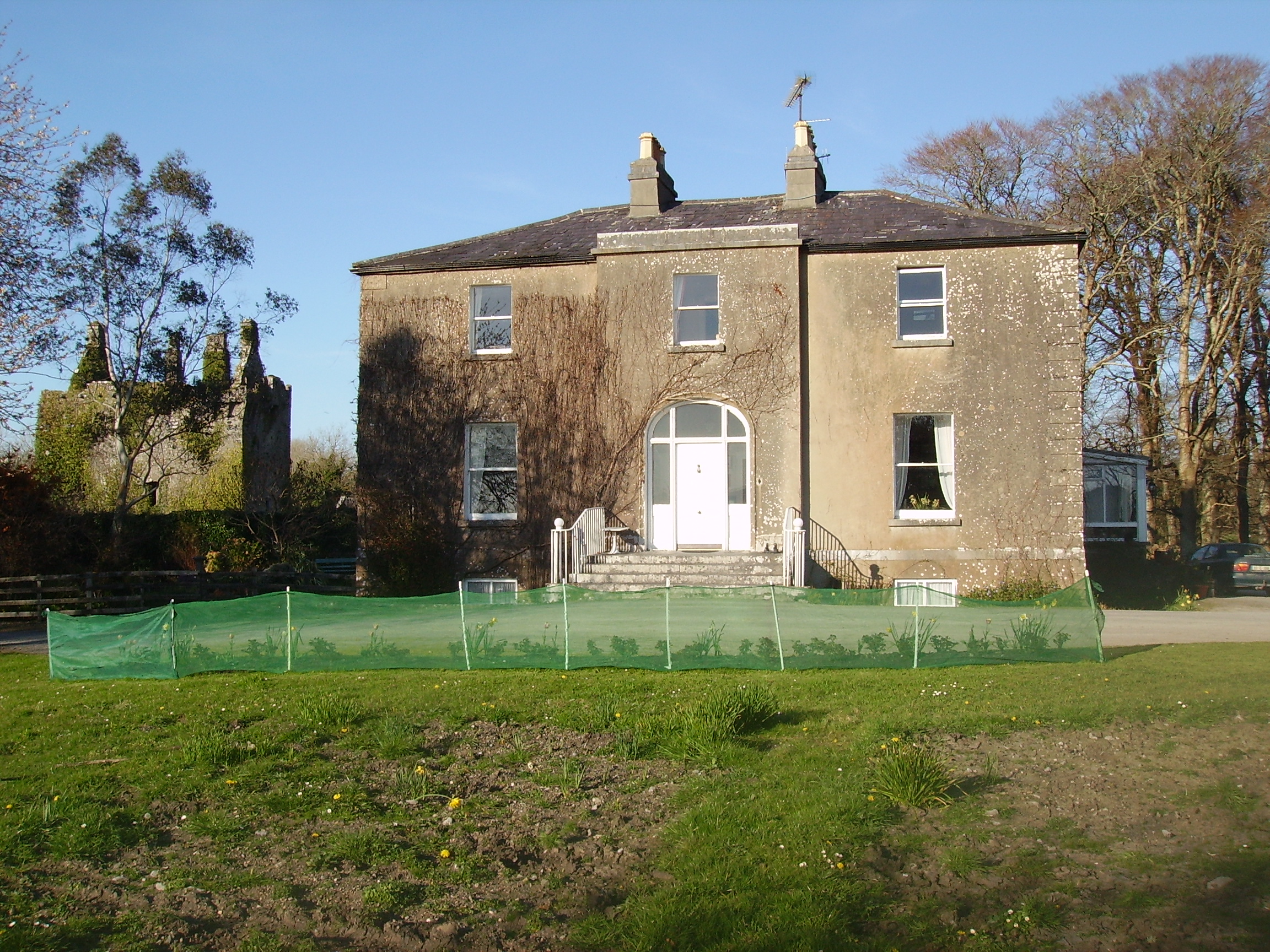
|
| Springvale | Springvale was noted by Lewis as the home of Henry Joseph Blake in 1837. At the time of Griffith's Valuation the house was leased by Henry Blake from Joseph H. Bath and was valued at £8. A substantial corn mill in the townland, valued at £25, was leased by Henry Blake to Patrick Tierney at the same time. The house was later the residence of the Mayne family. It is still extant and occupied. The mill building is also still visible. |
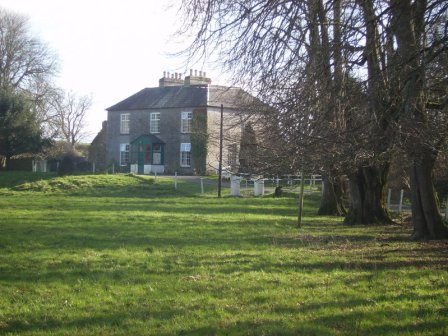
|
| Cranmore | Built in 1838 by Alexander Clendining Lambert on land he held on lease from Colonel Charles Knox. It reverted to the Knoxes after the Famine and was used as a dower house by Colonel Charles Howe Cuff Knox for his mother, a daughter of the 2nd Marquess of Sligo. The house was bought by the Daly family in the 1920s and sold to the McCartans in the late 1940s. They took off the roof in the 1950s and the house is now a ruin. |

|
| Cuslough | Lewis describes this house as formerly a 'seat of Lord Tyrawley and now of R.Livesay'. At the time of Griffith's Valuation it was occupied by Richard Livesay, leasing from Colonel Charles Knox, when the house was valued at £12. It stood close to the ruins of Cuslough Castle. | |
| Curramore House | Bence Jones dates this house as circa 1830. At the time of Griffith's Valuation it was occupied by Geoffrey Martyn and valued at £20. It was still in the possession of the Martyn family in the mid 1920s. Curramore is still extant and occupied. |
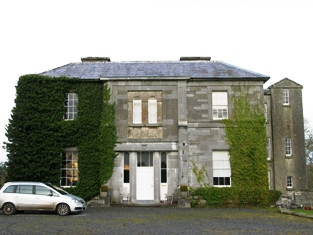
|
| Houndswood | In 1786 Wilson refers to Houndswood as the seat of John D'Arcy. It was held in fee by John S. Dawson at the time of Griffith's Valuation when it was valued at £10+. A thatched house, it was accidentally burnt in the early 20th century. |

|
| Moytura | Built in 1865 as a home of Sir William Wilde, father of Oscar Wilde. Still extant and well maintained. | |
| The Neale | An early 18th century house, with a number of follies designed by Lord Charlemont. Wilson refers to it as "the superb and beautiful seat of Sir John Browne" in 1786. It was occupied by the Reverend James Cromie, brother-in-law of the 2nd Baron and his family, for most of the first half of the 19th century. The house was valued at £25 at the time of Griffith's Valuation. It was sold in the 1930s and most of the house is now demolished. |

|
| Glencorrib | Home of Robert Dillon Browne and later of the O' Higgins family, the house is now demolished. At the time of Griffith's Valuation, it was held in fee by George O'Higgins, MP, and valued at £12. | |
| Ballycurrin | A house built in 1828 on the shore of Lough Corrib to replace an older one. Wilson refers to the latter as the seat of Henry Lynch in 1786. Held in fee by Charles Lynch at the time of Griffith's Valuation, when it was valued at £18 10s. Slater recorded it as the seat of Charles Lynch in 1894. It was burnt in 1921. In 2007 this house was being renovated and offered for sale. |

|
| Doon | Built circa 1806, John Smyth occupied Doone Lodge in 1814. By the mid 19th century Doon was a Blake residence and was later used as a shooting lodge by the Guinness family. It was offered for sale in 1939 with the rest of the Guinness estate. The house was the home of the Earl of Mayo in the latter part of the 20th century. Extensively renovated in 2006 by the present owner. |

|
| Ebor Hall | A house built before Griffith's Valuation by Deputy Commissary General Booth on land leased from the Provost and Fellows of Trinity College, Dublin. Booth later sold his interest to Lord Mountmorres who was murdered nearby in 1880. In 1885 Walford refers to it as the seat of Joseph Skerrett Blake. It belonged to the Boyd family for much of the 20th century. Extensively renovated in the late 20th century, it is now a well maintained residence on the shore of Lough Corrib. |

|
| Fairhill | Built in the late 18th or early 19th century, Fairhill was the home of the Fair family. It became established as a well known guest house for fishermen in the 20th century and is now a modern hotel run by descendants of the Fairs. |

|
| Ashford Castle | Originally a shooting lodge, in the style of a French chateux, built on the shore of Lough Corrib by the Browne family of Castlemagarret and occupied in the late 18th century by a branch of that family. Thomas Elwood was agent for the Brownes in the early 19th century and is recorded as the occupier in 1814. Sold after the Famine to Benjamin Guinness. His son Arthur Lord Ardilaun expanded the building in the style of a Gothic castle. Sold by the Guinness family in 1939 the castle now functions as a world famous hotel. |

|
| Gortnarup | A Joyce residence at the beginning of the 19th century. Gortnarup House is marked on the first edition Ordnance Survey map. |
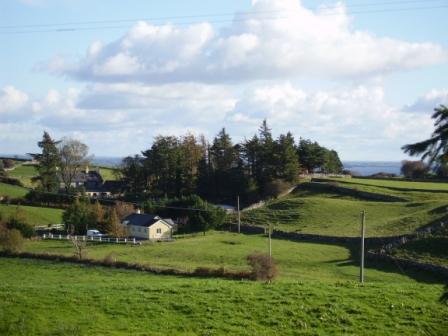
|
| Petersburg | An early 18th century house, the seat of the Lynch family in the 18th and 19th centuries. Wilson refers to it as the seat of Mr. Lynch on the shore of Lough Mask in 1786. In 1986 the house and immediate surrounds were vested in the county Galway Vocational Education Committee. The house and yard buildings have been completely renovated and now function as an Outdoor Education Centre. |

|
| Benlevy Lodge | A lodge situated close to the shore of Lough Mask and to the Lynch's house at Petersburg. Ocuppied by J. Blake in 1837 and by the Reverend E.G.O'Grady at the time of Griffith's Valuation. The remains of the lodge are still visible. |

|
| Drimbawn | Built by Catherine Plunket and now owned by the Wilson family. At the time of Griffith's Valuation it was occupied by Catherine Plunkett leasing from the Lynch Blosse estate when the house was valued at almost £5. |

|
| Currarevagh | At the time of Griffith's Valuation, Henry Hodgson owned the townland of Currarevagh and occupied the house there, then valued at £5. The existing house was built in the mid 19th century and is still owned by the Hodgson family who run it as a guest house. |

|
| Clareville House | Built in the mid 18th century by Robert Martin of Dangan, it was used as a winter residence by the Martins of Dangan and Ballynahinch Castle. Occupied by Richard Martin at the time of Griffith's Valuation and held from the Law Life Assurance Society when it was valued at £20. Clareville is still extant and occupied. In 2013 it was offered for sale. |
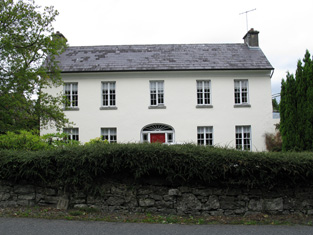
|
| Lemonfield | In 1786 Wilson writes that Lemonfield was the seat of Sir John O'Flaherty. George O'Flahertie was occupying the property at Lemonfield, at the time of Griffith's Valuation when it was valued at £20. The house is no longer extant. |
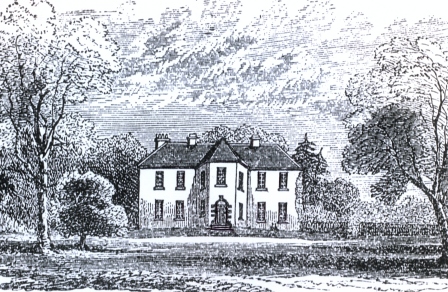
|
| Ardvarna | Occupied by A. Ross in 1837, John Scully at the time of Griffith's Valuation when it was valued at £16 and by Edward Jackson Fitzsimons in the 1860s. There is still an extant house at this site. |
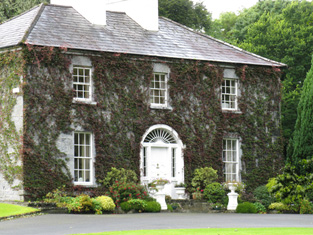
|
| Blake Hill | A house on the estate of the Provost and Fellows of Trinity College, Dublin, occupied by the Blakes of Menlo in the late 18th century/early 19th century. Thomas Blake of Brendrum, county Galway, married Mary Lynch, granddaughter of Sir Roebuck Lynch Blosse, 2nd baronet, and they were the parents of the 9th and 10th Blake of Menlo baronets. By the time of Griffith's Valuation the most valuable house in the townland of Breandrim was a herd's house of £4.15 occupied by C. B. Kenny. On the 25-inch edition Ordnance Survey map of the 1890s Breandrim House is recorded as "in ruins". Old yard walls remain at this site. |

|
| Lisloughrey | This house is not marked on the first edition Ordnance Survey map but was built by the time Sir William Wilde's book on Lough Corrib was published in 1867. It was then occupied by William Burke, agent to Benjamin Lee Guinness. Occupied at the time of the 1901 census by Francis Turnly of Drumnasole, Garronpoint, Co Antrim, who was then agent to the Ashford estate. In the late 20th century the home of Rory Murphy manager of Ashford Castle Hotel. The building has now been greatly expanded and functions as a hotel http://www.lisloughreylodge.com | |
| Gortdrishagh House | The National Inventory of Architectural Heritage indicates that this house was built in the latter part of the nineteenth century. At the time of Griffith's Valuation, James O'Connor was leasing offices and land at Gortdrishagh from the Law Life Assurance Company. |
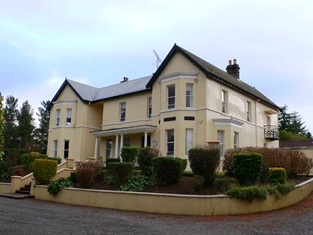
|

